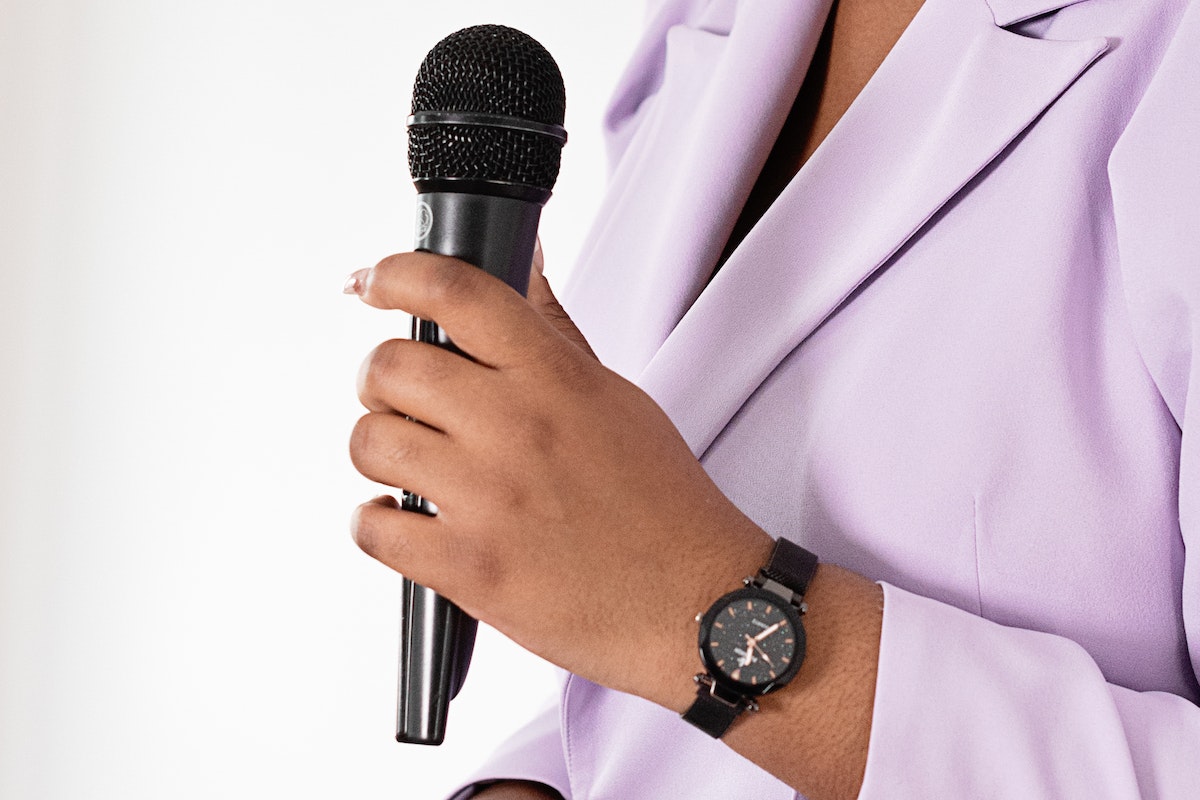
African-American Homeownership Rate in Minnesota Compared to Other States
The homeownership rate for African-Americans in Minnesota is significantly lower than the national average. In 2020, the homeownership rate for African-Americans in Minnesota was 21%, compared to 66% for the entire country. This gap is even wider when compared to White Minnesotans, who have a homeownership rate of 77%.
 There are a number of reasons why the homeownership rate for African-Americans in Minnesota is so low. One reason is that African-Americans are more likely to live in poverty than White Minnesotans. In 2020, the poverty rate for African-Americans in Minnesota was 21.8%, compared to 7.9% for White Minnesotans. This means that African-Americans are less likely to have the financial resources to purchase a home.
There are a number of reasons why the homeownership rate for African-Americans in Minnesota is so low. One reason is that African-Americans are more likely to live in poverty than White Minnesotans. In 2020, the poverty rate for African-Americans in Minnesota was 21.8%, compared to 7.9% for White Minnesotans. This means that African-Americans are less likely to have the financial resources to purchase a home.
Why Minnesota is Lagging in African-American Homeownership
Discrimination
Discrimination is another major barrier to homeownership for African-Americans in Minnesota. A study by the National Fair Housing Alliance found that African-Americans are more likely to be denied a mortgage loan than White applicants with similar credit scores and incomes. They are also more likely to be steered into less desirable neighborhoods with lower home values.
Discrimination has taken many forms, including:
- Redlining: Redlining is a discriminatory practice in which banks and other lenders refuse to offer mortgages or other financial services to people who live in certain neighborhoods, often because those neighborhoods are predominantly Black or African-American.
- Blockbusting: Blockbusting is a discriminatory practice in which real estate agents exploit racial fears to convince white homeowners to sell their homes at a loss. This often leads to a decline in property values in Black or African-American neighborhoods, making it more difficult for Black or African-Americans to buy homes in those neighborhoods.
- Lender bias: Lenders may be biased against Black or African-American borrowers, even when they have good credit and can afford to make a mortgage payment. This bias can lead to higher interest rates, higher fees, and other obstacles that make it more difficult for Black or African-Americans to buy homes.
- Real estate agent bias: Real estate agents may be biased against Black or African-American homebuyers, steering them away from certain neighborhoods or showing them homes that are not in their best interests.
There are a number of things that can be done to address discrimination in the housing market. One thing that can be done is to enforce fair housing laws. Another thing that can be done is to educate real estate agents and lenders about fair housing practices. Finally, Minnesota can do more to promote diversity in the housing market.
Poverty
Poverty is a major barrier to homeownership for African-Americans in Minnesota. In 2020, the poverty rate for African-Americans in Minnesota was 21.8%, compared to 7.9% for White Minnesotans. This means that African-Americans are more likely to live paycheck to paycheck and less likely to have the financial resources to save for a down payment or afford a mortgage payment.
There are a number of things that can be done to address poverty in Minnesota. One thing that can be done is to increase the minimum wage. Another thing that can be done is to provide more affordable housing options. Finally, Minnesota can do more to help people get back on their feet after they experience a financial setback.
Small African-American Population
The small Black/African-American population in Minnesota is another barrier to homeownership for African-Americans. In 2020, African-Americans made up just 4.9% of the population in Minnesota. This means that there is a smaller pool of potential Black/African-American homebuyers in the state.
There are a number of things that can be done to address the small Black/African-American population in Minnesota. One thing that can be done is to attract more African-Americans to the state. Another thing that can be done is to create more opportunities for African-Americans to succeed in Minnesota. Finally, Minnesota can do more to celebrate Black/African-American culture and history.
I hope this provides more information about the factors that contribute to low homeownership rates for African-Americans in Minnesota. There are a number of things that need to be done to change this trend, but it is possible to make progress.
What Needs to be Done to Change the Trend
- Increase down payment assistance programs. Down payment assistance programs can help African-Americans save for a down payment on a home. These programs can provide grants, loans, or other forms of assistance to help people cover the upfront costs of homeownership. The GI Bill did much of the same for returning veterans from WWII. Unfortunately, this benefit excluded African-American veterans due to discriminatory practices.
- Offer mortgage credit enhancements. Mortgage credit enhancements can help African-Americans get approved for a mortgage loan. These programs can reduce the interest rate on a mortgage loan or provide other forms of assistance to make it easier for people to afford a home.
- Provide financial education and counseling. Financial education and counseling can help African-Americans understand the home buying process and make informed decisions about their finances. These programs can teach people about budgeting, saving, and investing, and they can also help people develop a plan for buying a home.
- Create more affordable housing options. There is a shortage of affordable housing in Minnesota, and this shortage is especially acute for African-Americans. Creating more affordable housing options would make it easier for African-Americans to purchase a home.
- Enforce fair housing laws. Fair housing laws prohibit discrimination in the housing market. Enforcing these laws would help to ensure that African-Americans have equal access to housing opportunities.
- Promote homeownership among African-Americans. There is a need to promote homeownership among African-Americans. This can be done through public awareness campaigns, educational programs, and other initiatives.
These are just a few of the solutions that can be used to address the problem of low homeownership rates for African-Americans in Minnesota. It is important to note that there is no single solution that will solve this problem. Rather, a comprehensive approach that addresses the multiple factors that contribute to low homeownership rates is needed.
Conclusion
The homeownership rate for African-Americans in Minnesota is significantly lower than the national average. There are a number of reasons for this, including poverty, discrimination, and a small Black/African-American population. There are a number of things that need to be done to change this trend, including addressing poverty, enforcing fair housing laws, and promoting homeownership among African-Americans.



